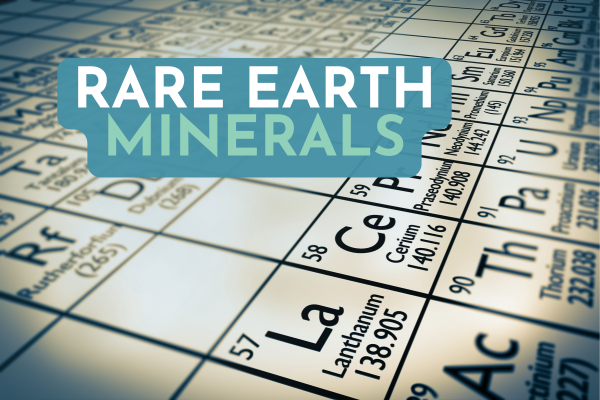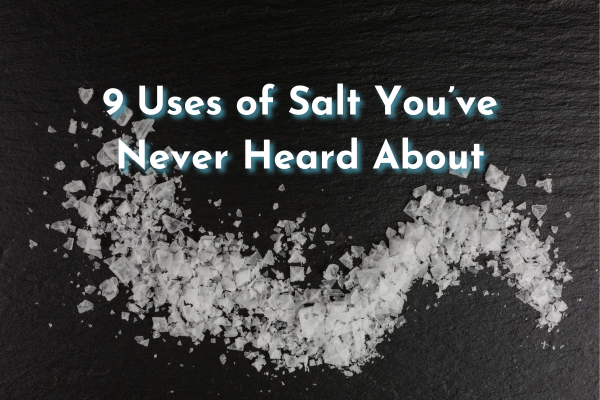May 3, 2024
May 3, 2024
Cinco de Mayo, which will be celebrated this Sunday, has been adopted around the world as a cause to commemorate more than the Mexican army defeating French forces. Today, it’s a great day to gather with friends and family and celebrate with some tasty Mexican food – and let’s be honest, some margaritas. However, our tacos wouldn’t be possible without the help of calcium carbonate!
Mexicans, and their ancestors throughout Mesoamerica, have been using corn as the basis for much of their food, specifically as a grain for tortillas. And they perfected the art of making corn tortillas in a way that enriched the corn to be a nutritious staple in their diet.
Ground corn, or cornmeal, is nearly impossible to turn into tortillas. It doesn’t hold together, even after soaking and cooking. Corn doesn’t contain any structural elements (like gluten in wheat) that allow it to be shaped into anything resembling a tortilla. That’s where calcium carbonate comes into play!
The process of chemically altering corn is called nixtamalization, where dry corn is cooked and left to soak in an alkaline solution made of water and calcium hydroxide. This solution is known as cal or slacked lime. Most slacked lime is produced by heating the essential mineral calcium carbonate. Heating up calcium carbonate breaks it down into carbon dioxide and calcium oxide, which when added to water – “slacking” – created calcium hydroxide.
Once the corn has soaked long enough so you can rub off the outer hull (usually overnight), it is washed and ground up to produce masa, and then finally shaped and flattened into tortillas.
Tortillas have been a staple in the diets of people in Mesoamerica throughout their history. While corn is full of the vitamin B3 (niacin), But corn consumed without any preparation wouldn’t be sufficiently nutritious to sustain this population as the niacin is bonded to other molecules can’t be absorbed. Vitamin B3 deficiency leads to the disease pellagra in which patients have painful, scaly skin, hair loss, and dementia. However, the nixtamalization process breaks down corn and frees the niacin for absorption. The ancient peoples figured this out, and the process became normalized throughout the region.
Overtime, the process has been refined from using limestone (or even soda ash – another essential mineral) to create slaked lime. Today, tortilla producers use food-grade calcium carbonate to create the needed calcium hydroxide for the alkaline solution the corn kernels are soaked in.
You don’t have to go through this process at home to make tortillas. Masa Harina – or corn flour that has undergone the nixtamalization process – is available at most grocery stores.
As you celebrate Cinco de Mayo this weekend, just remember that the food on the table wouldn’t be possible without calcium carbonate. Minerals Make It Happen!

July 3, 2025

March 17, 2025